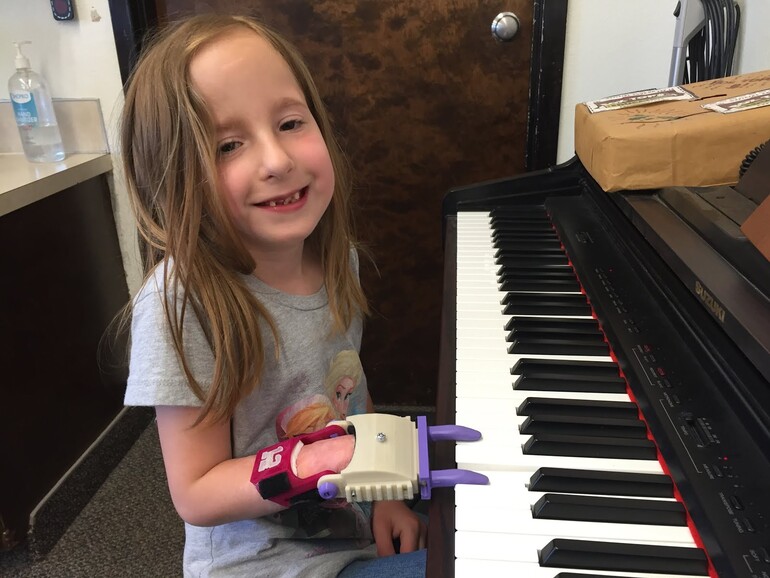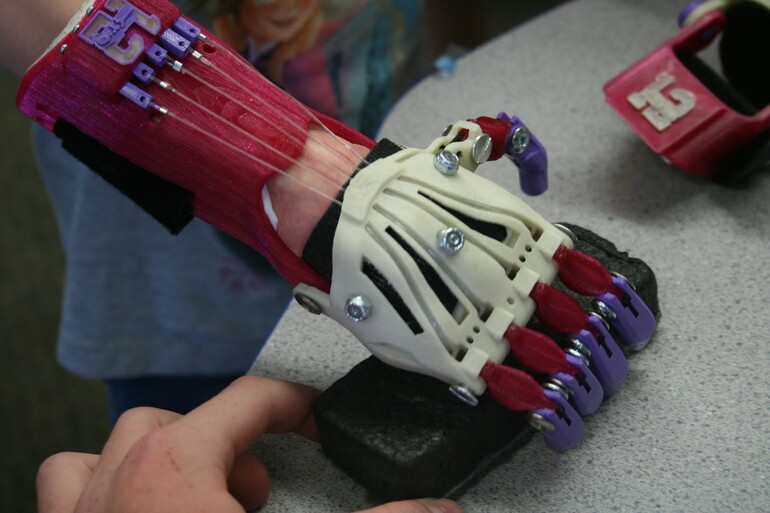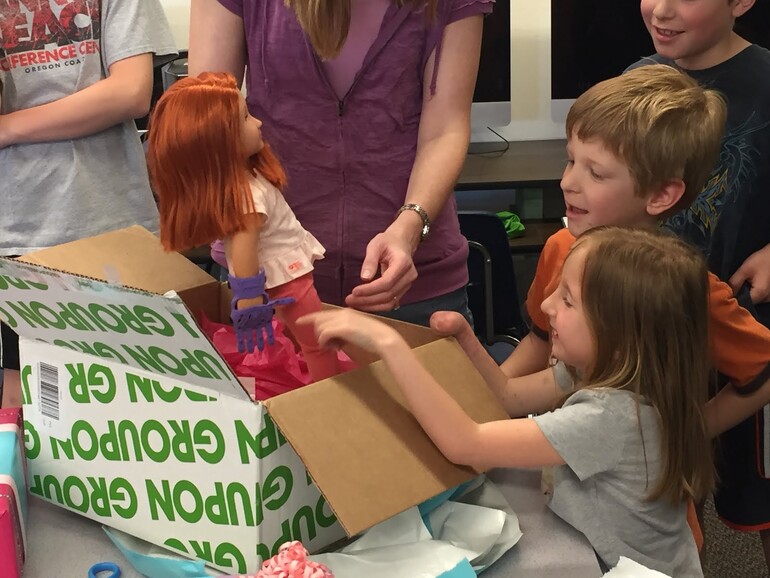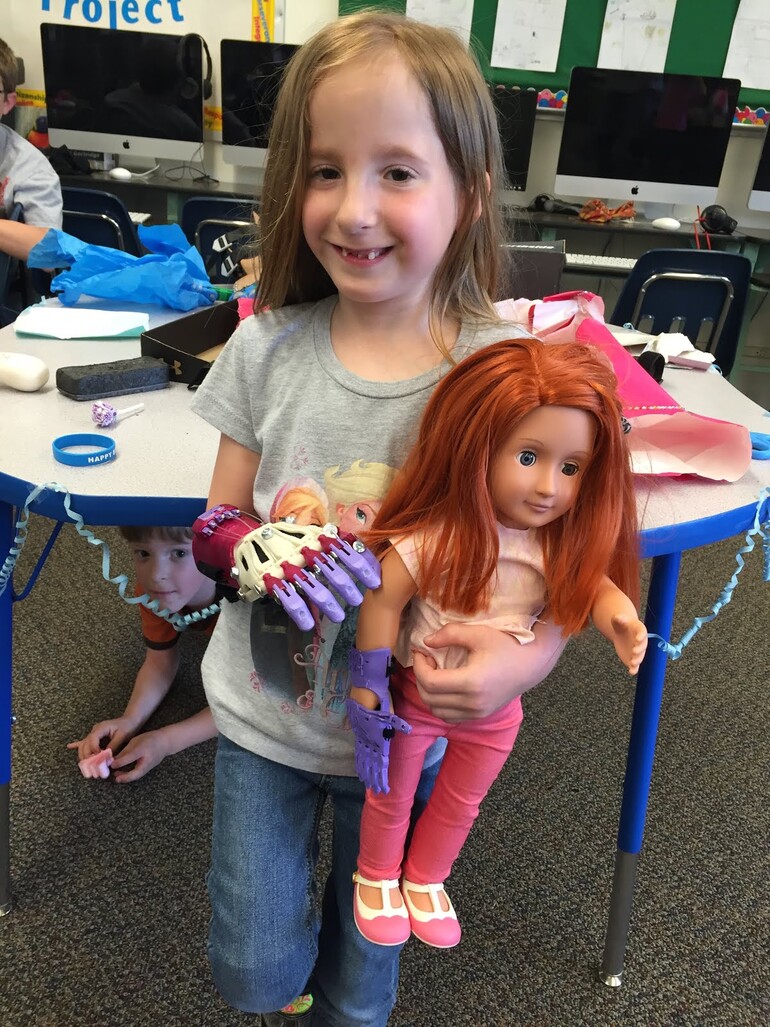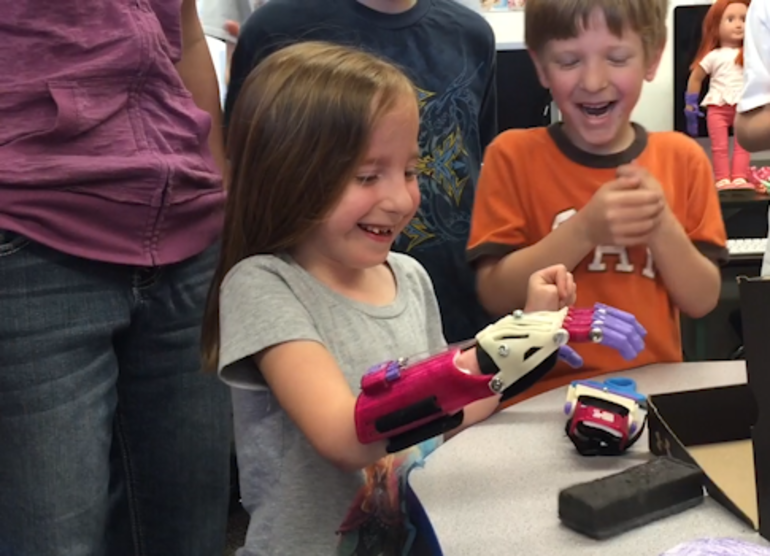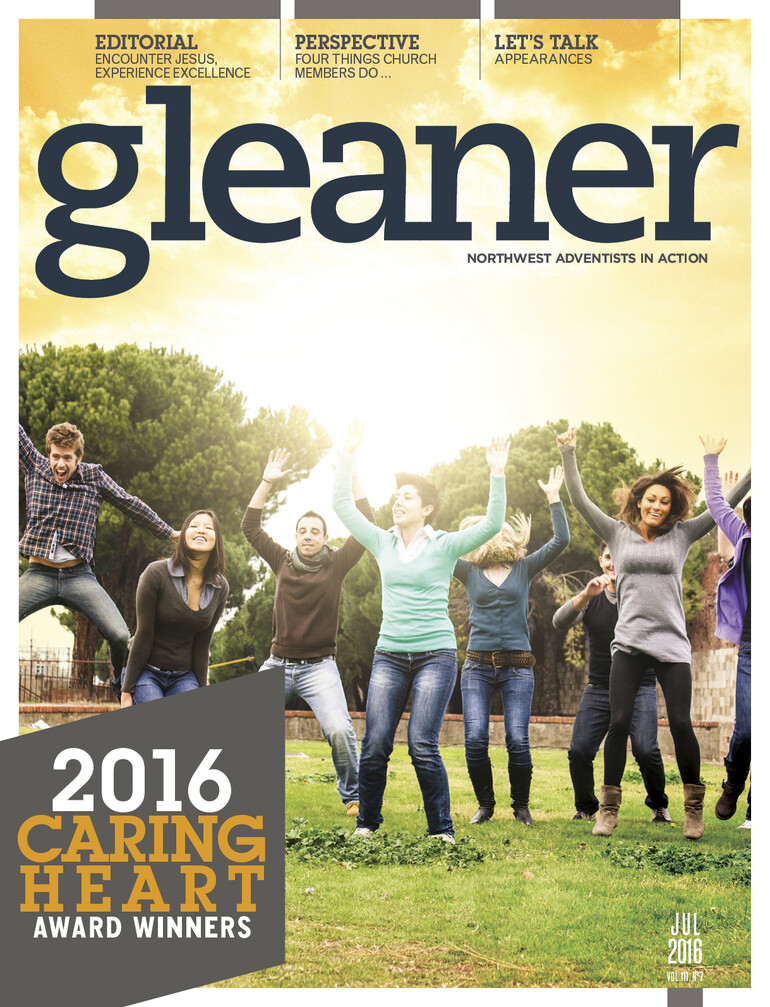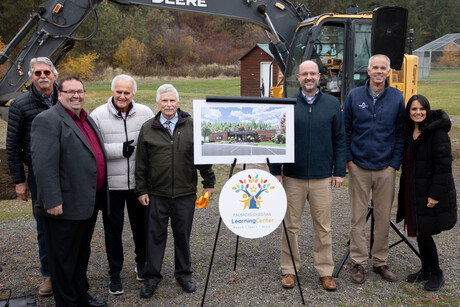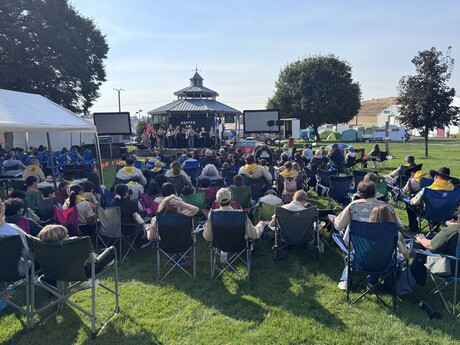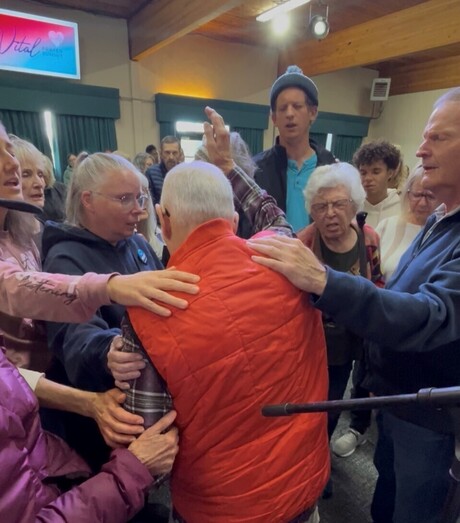It’s so neat to see how God works “for the good” (Rom. 8:28) and “makes everything beautiful in its time.” (Eccl. 3:11) For almost a year now, my students and I have been hoping for the day that we could make a 3-D printed prosthetic hand for someone who wants one — ideally a person who lives in our area. Well, that day has finally come.
In late January, some of our students participated in a district spelling bee. A father of one of our students happened to meet a mother and her daughter who doesn’t have fingers on one of her hands. So the father told her about our school’s Helping Hands Project and gave the mother my cell number in case she was interested in us helping provide a prosthetic hand for her daughter. A month went by without hearing anything from her.
What’s neat about this is that in late February, it was our school’s turn to share praises and requests with our whole conference so that Adventists in eastern Washington and northern Idaho could pray for us. One of the prayer requests I listed was for “the upper-graders to find a recipient they can 3-D print a prosthetic hand for.”
At the end of that week the mother texted me for the first time, asking to meet up with me because her daughter was interested in getting a prosthetic hand from us. When I talked with the mother, I became even more thrilled about this idea. She had already signed up with e-Nable (the volunteer organization we work with) to request a hand. They are helped by the local prosthetist with whom I had already met about our school’s project. The family members are Christians who hope this experience will be a way to share their daughter’s story to the glory of God. I shared all this with my students, which definitely got them excited.
So the mother and I scheduled a meeting two weeks later at a library near her house to make a mold of her daughter’s hand and figure out more specifics. The library’s conference rooms ended up not being available, and it wouldn’t work for us to meet at their house or my school, so I was a bit concerned that the meeting wouldn’t happen.
I prayed and knew that it was in God’s hands, then got the idea of meeting at a nearby Adventist church. Come to find out, that was exactly when the church would be open to the public for a meal, Bible studies and Pathfinders, which a few of my students would be at. So in addition to measuring the girl’s arm and figuring out hand design specifics, a couple of my students had the pleasure of meeting her and expressing their excitement in lending her a helping hand.
For the next couple months, my students used the mold and pictures of the girl’s hand to carefully size a predesigned hand from e-Nable, called the Cyborg Beast, to fit her. They also made sure to customize the hand’s appearance based on her favorite colors and sports team by 3-D printing the parts in purple, pink and glow-in-the-dark and adding a Seahawks logo on the wrist gauntlet.
As any project of this complexity, they went through several iterations and overcame multiple challenges before coming to an end product that they felt confident would both look good and function smoothly. Even though this process tried the students’ patience and seemed overwhelming at times, they persevered until they had created the best hand they possibly could for the girl.
But the project didn’t end there.
While brainstorming what else they could do to shower this girl with our love, a fifth-grade girl mentioned she would gladly donate a doll she had that not only looked like our recipient girl, but also had the same name. The students then designed a smaller version of the recipient’s prosthetic hand and put it on the doll to a match.
Our final and most creative idea was to make a prosthetic hand that would help the girl play the piano, since that was a specific reason she wanted a prosthetic hand. We used a predesigned hand from e-Nable called the Python, which had a blank removable rail system on it that could be customized for whatever application a designer added to it. A fifth-grade boy ended up creating the best design, which included two fingers that were spaced apart to be able to play thirds on a piano.
Finally, on a Friday in early May, the moment came that we had all been awaiting. The mother called my cell phone, and, as the students anxiously listened, I helped guide the family to our school. One of the eighth-graders volunteered to escort them to our classroom, so he ran out to help them. When we all got a glimpse of their family through the windows, the students pointed and shouted, “There she is!”
I reminded the students that if they wanted to go to recess, they were welcome to at that time. My words were met with stares from statuelike students, since everyone was determined to watch the girl receive her gifts.
We cheerfully greeted the family when they arrived and then directed the girl towars the gifts our students had meticulously wrapped with sparkles and ribbons. You should have seen her eyes light up when she opened the first box! It was a powerful moment to witness her put on the hand and pick up an object for the first time. Her grin was priceless!
Later she opened up the piano hand and tried playing our classroom’s electric piano. She did great and proudly said, “I did it.” We also were proud of her and what we had created not just as an assignment, but as a life-changing product.
We hope to continue to use our 3D printer and talents to lend a helping hand to anyone we possibly can, keeping in mind that “it is more blessed to give than to receive” (Acts 20:35).
To view a video of the girl receiving our "handful" of gifts, visit https://youtu.be/gDTA5lTum04.
Learn more about the Helping Hands project at https://sites.google.com/a/ucaes.org/helping-hands/home.





